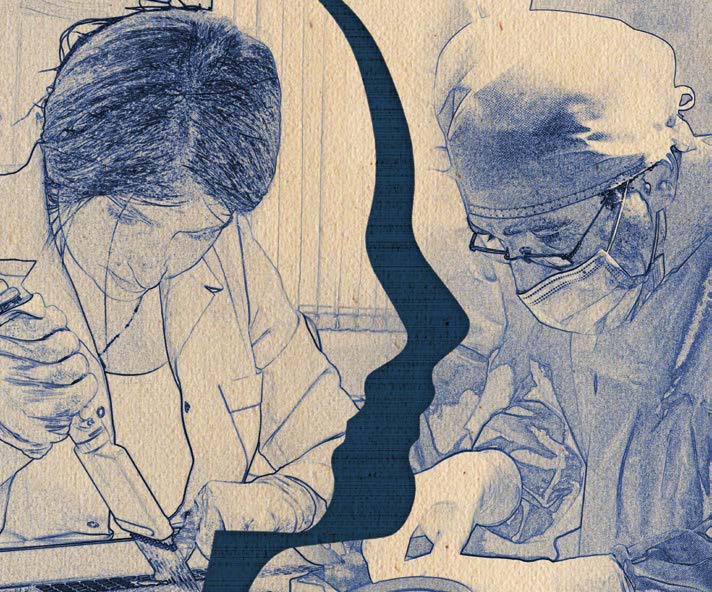Fundamentals of Contemporary Phototherapy in Neonatal Jaundice: Literature Review
Gohar Margaryan1, Pavel Mazmanyan2
1 Pediatric Clinic No. 1, Muratsan University Hospital, Yerevan, Armenia
2 Heratsi Yerevan State Medical University, Yerevan, Armenia
ABSTRACT
Phototherapy is the most common therapeutic intervention used for the treatment of hyperbilirubinemia. This therapy lowers the serum bilirubin level by transforming bilirubin into water-soluble isomers that can be eliminated without conjugation in the liver. The dose of phototherapy is an important factor in how quickly it works; dose in turn is determined by the wavelength of the light, the intensity of the light (irradiance), the distance between the light and the baby, and the body surface area exposed to the light. Commercially available phototherapy systems include those that deliver light via fluorescent bulbs, halogen quartz lamps, light-emitting diodes, and fiberoptic mattresses. This article reviews the parameters that determine the efficacy of phototherapy, briefly discusses current devices and methods used to deliver phototherapy, and speculates on future directions and studies that are still needed to complement our presently incomplete knowledge of the facets of this common mode of therapy.
Keywords: phototherapy, bilirubin, hyperbilirubinemia, jaundice, photoisomer, wavelength

